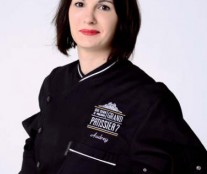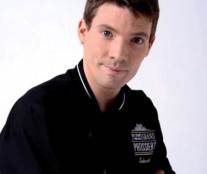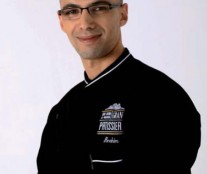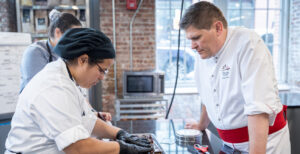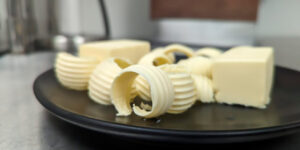Author:
Jaume Cot
TAGS #
Great pâtisserie in between the camera and all the make-up
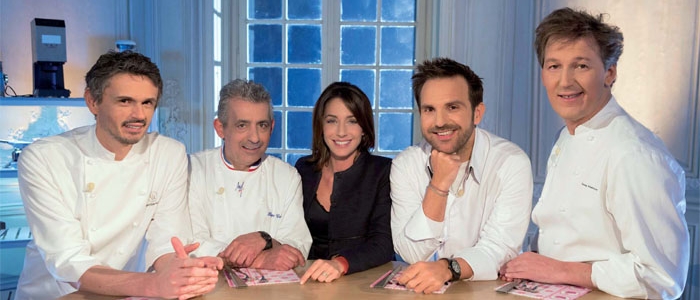
Author:
Jaume CotIt’s no great news to say that talent-shows (competitions to demonstrate an ability in one particular field or discipline) have arrived in force in the culinary world. It is difficult to resist the attraction of seeing people submitting themselves to a huge amount of pressure from a jury of great chefs, competing among themselves against the clock and several incredibly stringent rules to complete some sort of creation. This is also the format of “Who will be the next great pâtissier?” the adaptation of the world of the pâtissier that French television have made for this type of competition.
Needless to say that in the country that is perceived as the cradle of the pâtisserie of excellence, it is this excellence that shines brightly as much as in its choice of judges (Christophe Michalak, Christophe Adam, Philippe Urraca and Pierre Marcolini), as in the level of ability demonstrated by the contestants and in the hidden locations where they complete their respective training (of course, they include the best bakeries and restaurants in Paris). And I do not believe that it is by chance that the French candidate at the World Chocolate Masters was one of the participants in the first session.
From this past Saturday and over the next three weeks we will enjoy, with different subtitles (also English), via international channel TV5 Monde, the development of the contest until the final at which point one of the ten finalists will be crowned the new “grand pâtissier” of the country.
In speaking about the phenomenon with some young French chefs, such as Antony Prunet or Florent Cantaut, they rejoice in the hit television competition, which is achieving even more visibility, not only for the bakery profession but also in differentiating the good artisan from the mediocre.
Even Christophe Michalak himself, a judge in the programme, told us in a recent interview that today many young people in Paris would prefer to be pastry chefs before being a cook or any of the other hypothetically prestigious professions.
In summary, we cannot but rejoice at the initiatives of these television broadcasters that serve the craft of the artisan, that increase the level of culture in society and that are the best breeding ground for future apprentices. We hope that such examples will continue to thrive and that it will be increasingly common to see this type of programme in our Prime Time television schedule.




